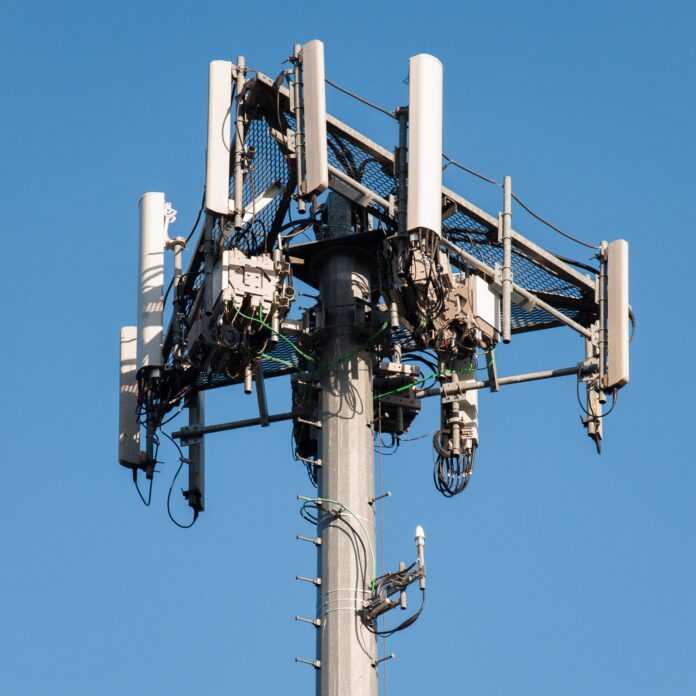Sources said Sprint is close to an announcement on the next phase of its network upgrades, and that the carrier will soon name approved contractors for each of roughly 100 markets. Sprint is said to have asked dozens of companies to submit bids, and is expected to narrow the list down to a handful of approved providers. Each chosen company is expected to be approved for specific markets.
“We recently issued RFPs to various vendors to gather information on specific solutions and pricing,” Sprint said in a statement. “We will continue to evolve our network to increase coverage and capacity by significantly densifying our network, increasing the number of sites across all spectrum bands utilizing various forms of macro sites and small cells.”
One individual who works with several of Sprint’s contractors expects the carrier to add 6,000 new macro sites, including new tower builds and co-locations on other carriers’ towers. In addition to new site builds, Sprint is expected to add capacity to thousands of its existing towers.
Two models for build-to-suit
Sprint is said to have asked potential contractors to bid for new site builds based on two possible models. Contractors were reportedly asked to submit bids based on their expected costs if they identify and secure the cell sites themselves, and also to submit based on their expected costs if Sprint handles site acquisition.
The first model is usually preferable to tower companies. If they handle site acquisition they can negotiate rents and escalators up front in order to control costs going forward.
If Sprint chooses the second model, the carrier could secure new cell sites itself or through a third party. In either case it would bring building permits to the tower companies, and the tower companies would move forward with construction.
Vendors and contractors
Ericsson, Alcatel-Lucent and Samsung have been Sprint’s LTE vendors in the past, and the carrier is expected to work with all of these companies this time around. Nokia, which is buying Alcatel-Lucent, is also expected to be a vendor in some capacity. One source said that the equipment vendors will be asked to bid the services work as well, and that if they pass on it Sprint will move on to the traditional infrastructure services providers.
MasTec, Black & Veatch, Goodman Networks, BlueStream Professional Services and Nexius are all infrastructure services providers that are likely to be part of Sprint’s network upgrade. Even if Sprint taps the equipment vendors for services work, those vendors are likely to subcontract to infrastructure services providers.
Small cells
Sprint is also expected to add thousands of small cells to its network over the next several years. The 2.5 GHz spectrum that Sprint acquired from Clearwire is well suited for high-density deployments. One source expects Sprint to deploy 100,000 small cells, and said that Samsung, Nokia and Airspan are likely to be vendors.
Sprint’s majority owner is Japan’s Softbank, which has already built an extensive small cell network in its home country. Softbank has deployed small cells in both urban and rural parts of Japan. Earlier this month, Sprint CEO Marcelo Claure said he was traveling to Japan to discuss network plans with Softbank executives.
Follow me on Twitter.
Image source: danlampie.com

